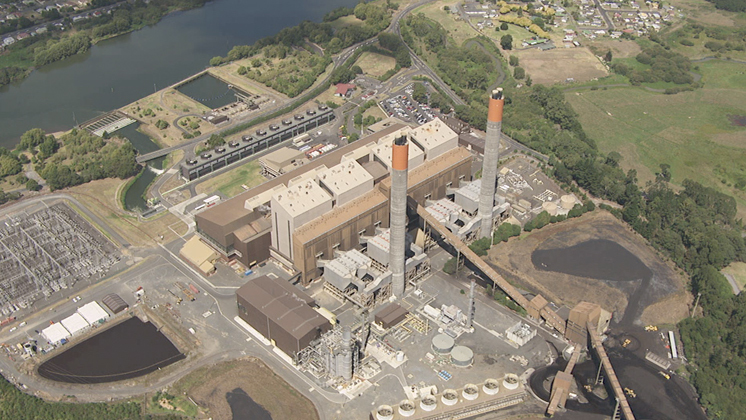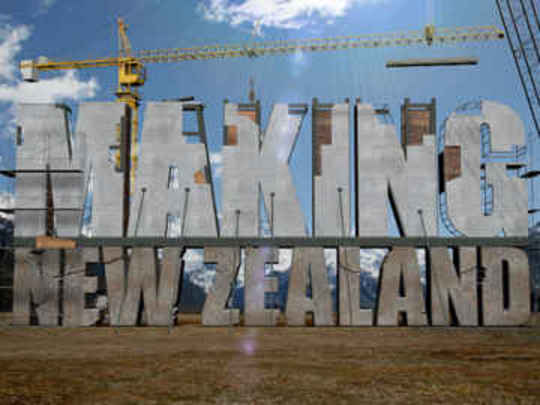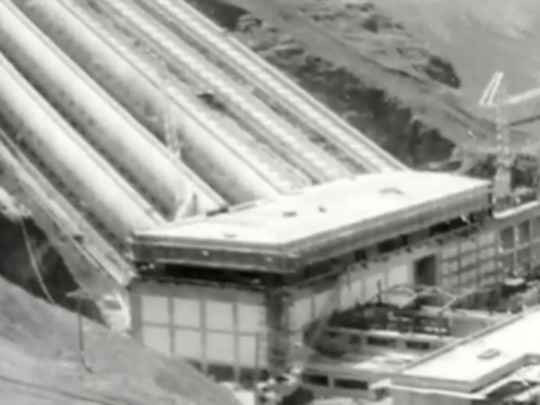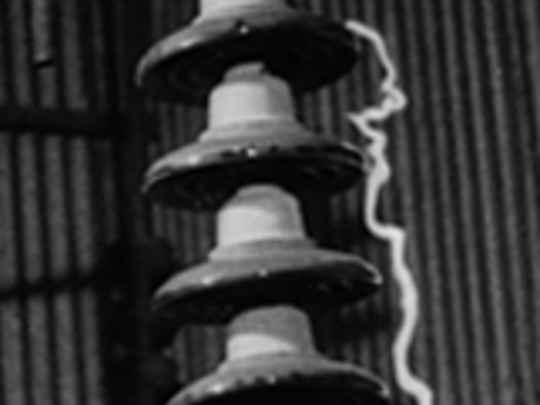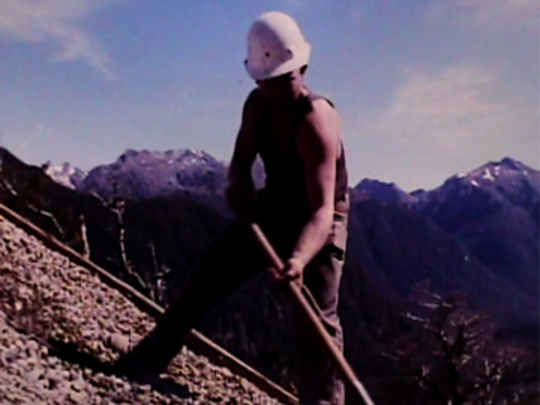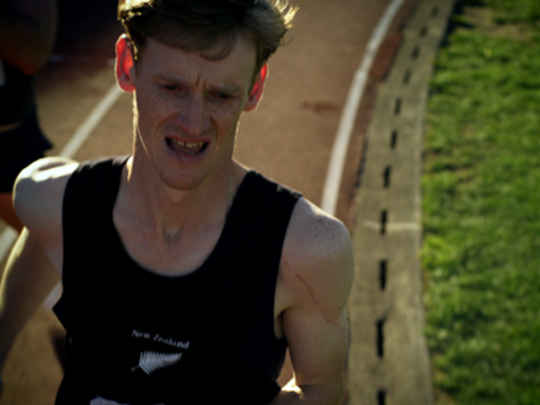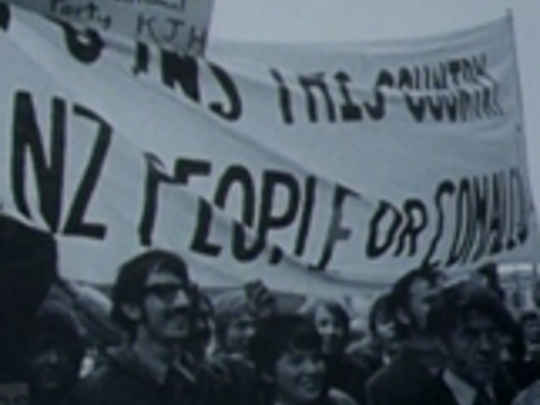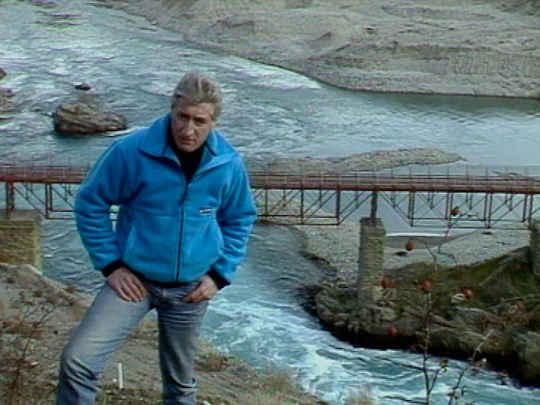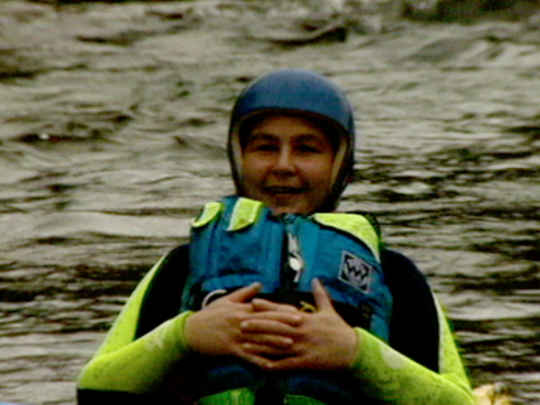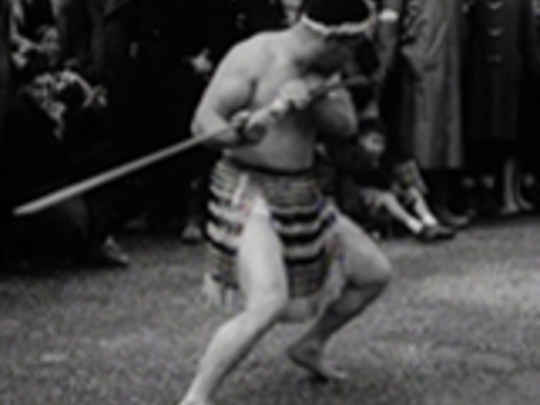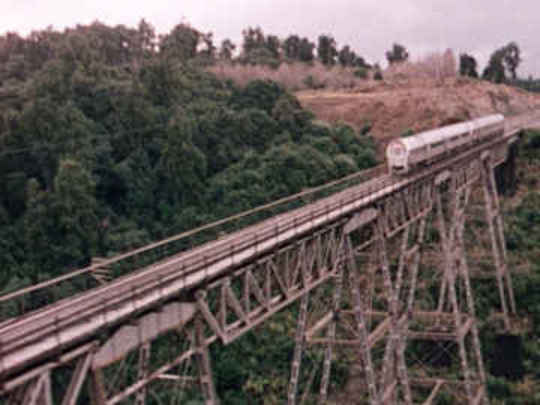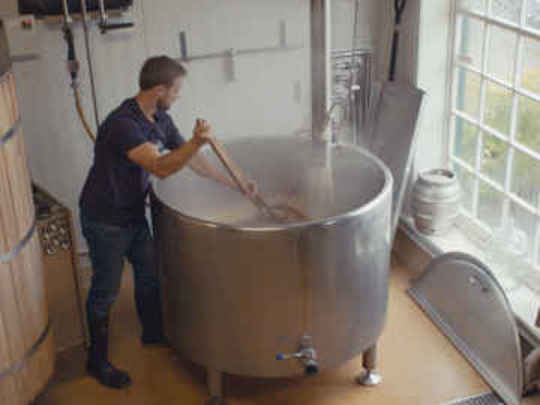Your washing froze on the line .. You felt the isolation, and you relied on your friends — especially when your husband was working long hours ... that played heavy on the families.
– Marion Sheridan on living in Benmore Dam 'hydro town' Otematata
The public was promised the power reforms would lead to lower electricity prices. That hasn't happened, and there's no simple explanation. But the amount of power generated has increased through more efficiency and better technology.
– Narrator Mark Clare, near the end of this documentary
Clyde [Dam] proved to be a valuable asset, but the cost of Think Big sent the country broke. And that had dramatic consequences for the electricity industry.
– Narrator Mark Clare
Wind and hydro are quite complimentary, so when the wind is blowing hard you can hold the water back in your dams; so you're essentially storing wind in existing dams. The common criticism is that wind is not reliable. Wind energy is actually more reliable than hydro in New Zealand, because we don't normally get sustained long periods of no wind, but we do get it of no rain.
– Deion Campbell, then Trustpower's General Manager of Generation, near the end of this documentary
New Zealand is blessed with remarkable natural resources for producing power: high mountains, fast flowing rivers, geothermal steam, and strong wind. Not to mention coal and natural gas. The task facing the power pioneers was harnessing these resources so the country could develop and grow.
– Narrator Mark Clare, at the start of this documentary
In those early days of technological adoption you need risk takers. You need people with capital. You need people like the gold miners
– Author John E Martin, early in this documentary
At it's height, more than 15,000 workers were on-site at Benmore. Many lived nearby in the pop-up town of Otematata.
– Narrator Mark Clare on the Benmore Dam project which began in 1958
Building Benmore will create a national electricity grid if it can be connected to the North Island. But running a direct current or DC transmission line that far — including 40 kilometres underwater— had never been done, anywhere.
– Narrator Mark Clare on the ambitious project to build a national grid, including the Cook Strait Cable
Wind obviously has no fuel cost. They're very very carbon friendly, and so when a carbon tax comes in in New Zealand properly, wind will become increasingly competitive. We will see the thermal stations start to back out of our energy mix. So we'll see those go. And they're getting old. But wind and hydro will be there, not having to pay any carbon charges.
– Deion Campbell, then Trustpower's General Manager of Generation, near the end of this documentary
